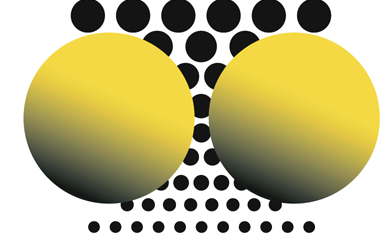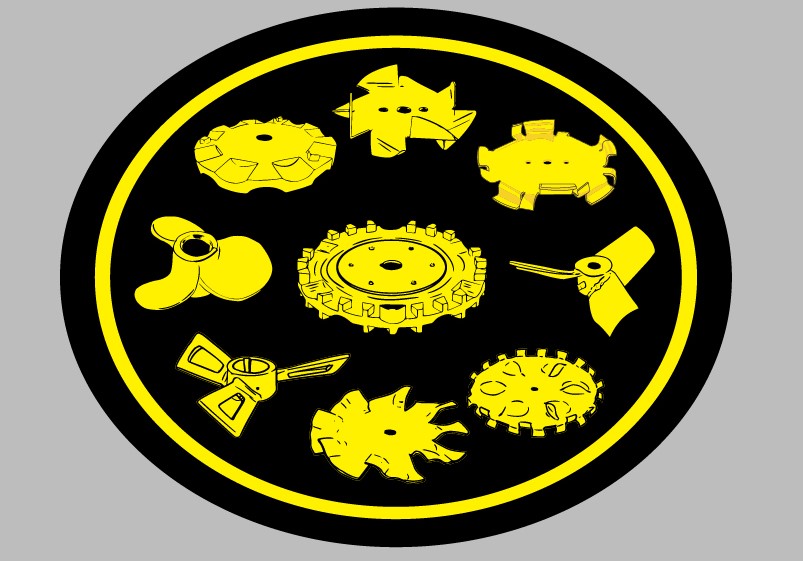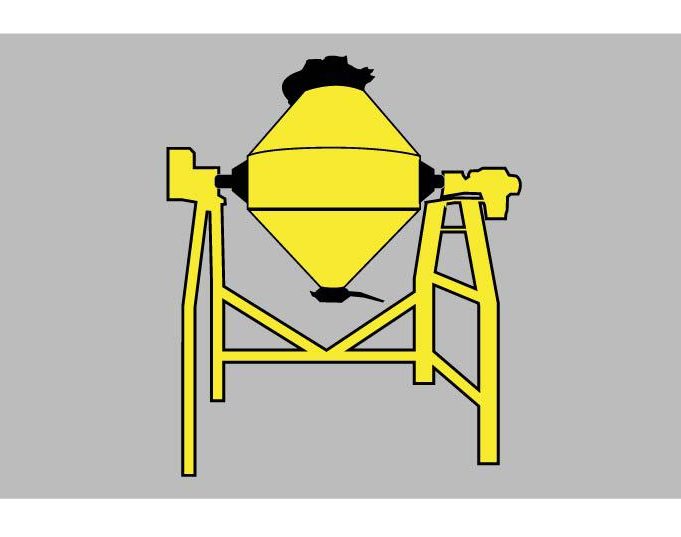Ancient Egypt’s fascination with the cosmos is a testament to their profound understanding of the universe, which seamlessly intertwined religion, science, and art. Their celestial observations not only shaped their mythology and religious practices but also influenced architecture and cultural symbols that persist to this day. Exploring Egyptian astronomical wisdom offers invaluable insights into how ancient civilizations sought to comprehend their place in the cosmos and how their symbolic language continues to resonate in modern times.
- Foundations of Ancient Egyptian Astronomical Knowledge
- The Symbolic Language of the Sky: Egyptian Astronomical Symbols
- The Mathematical Foundations of Egyptian Astronomy
- The Role of Deities and Mythology in Egyptian Astronomical Wisdom
- The Eye of Horus: An Illustration of Astronomical and Symbolic Wisdom
- Artistic Canon and Its Role in Preserving Astronomical Knowledge
- Non-Obvious Aspects of Egyptian Astronomical Wisdom
- Bridging Ancient Wisdom and Modern Understanding
- Conclusion: The Legacy of Egyptian Astronomical Wisdom and Symbols
Foundations of Ancient Egyptian Astronomical Knowledge
The ancient Egyptians possessed remarkable observational skills that allowed them to record celestial phenomena with precision. Their astronomy was rooted in meticulous observation of star movements, lunar cycles, and solar events. Over millennia, these observations led to the development of sophisticated calendar systems, which synchronized agricultural activities with celestial cycles. For example, the heliacal rising of Sirius marked the annual flooding of the Nile, a critical event for agriculture and survival. Architectural structures like the pyramids and temples were aligned with celestial bodies, exemplifying how astronomy influenced Egyptian engineering and art.
The development of Egyptian astronomy was a gradual process, evolving through successive dynasties. Early records, such as star charts and inscriptions, reveal an advanced understanding of the sky, which supported both practical needs and religious beliefs. This integration of celestial knowledge into daily life underscored their view of the cosmos as a divine order, accessible through careful observation and record-keeping.
The Symbolic Language of the Sky: Egyptian Astronomical Symbols
Egyptian symbols served as a visual language encoding complex astronomical information. Common symbols included representations of stars, planets, and celestial events, often intertwined with divine figures. For example, the star Sirius was depicted as a triangle or a star symbol, emphasizing its significance in both astronomy and mythology.
These symbols often conveyed more than their literal meanings, embodying divine qualities or mythological narratives. The connection between symbols and gods reinforced the spiritual dimension of celestial phenomena. For instance, the star Sirius was associated with the goddess Isis, symbolizing rebirth and fertility, thus linking celestial cycles with life and death themes.
Case Study: The Significance of Sirius
The heliacal rising of Sirius, known as Sopdet in ancient Egyptian texts, heralded the start of the new year and the inundation of the Nile. This event was depicted with specific symbols in temple reliefs, illustrating its divine importance. Sirius’s position in the sky also influenced mythological stories, where it was personified as a vital deity connected to rebirth and renewal.
The Mathematical Foundations of Egyptian Astronomy
Egyptian astronomers employed a base-10 mathematical system, which facilitated tracking celestial cycles with remarkable accuracy. Their understanding of ratios and proportions supported the construction of star charts and calendars. The use of simple yet effective mathematical tools allowed them to predict celestial events, such as solstices and lunar phases.
For example, the Egyptian calendar was based on lunar and solar calculations, with adjustments made to align the civil year with the heliacal rising of Sirius. Mathematical applications extended to the design of monuments; the dimensions of the Great Pyramid align with specific astronomical constants, reflecting a sophisticated integration of mathematics and astronomy.
| Application | Description |
|---|---|
| Star Charts | Used to record star positions and predict celestial events. |
| Calendar Systems | Aligned with lunar and solar cycles, supporting agriculture and religion. |
| Monument Dimensions | Reflect astronomical constants, demonstrating mathematical precision. |
The Role of Deities and Mythology in Egyptian Astronomical Wisdom
Deities played a central role in framing the understanding of celestial phenomena. Horus, the sky god, represented the heavens and divine kingship, embodying the celestial cycle of life and power. Thoth, associated with wisdom and writing, was believed to have recorded the movements of stars and planets, linking myth with scientific observation.
Mythological narratives explained celestial events, reinforcing their divine origin. For instance, the story of Osiris’s death and rebirth was intertwined with the cycles of the Nile and the stars, symbolizing renewal. These stories provided a spiritual context that validated astronomical knowledge as a divine gift.
Such mythological frameworks were essential in maintaining the cultural relevance of astronomy, transforming observational data into sacred stories that reinforced social cohesion and spiritual beliefs.
The Eye of Horus: An Illustration of Astronomical and Symbolic Wisdom
The Eye of Horus, originating from mythological tales of the falcon-headed god Horus, symbolizes protection, healing, and royal authority. Its distinctive design, with a stylized eye and markings, encodes complex symbolic meanings rooted in astronomical observations. The myth recounts how Horus’s eye was injured and later restored, mirroring the cycles of the moon and the sun’s journey across the sky.
In modern times, the Eye of Horus remains a potent symbol of wisdom and protection, often linked to the concepts of eternal cycles and divine insight. Its intricate design reflects the ancient Egyptians’ ability to encode sophisticated astronomical knowledge into a simple yet profound emblem. Readers interested in how these symbols continue to influence contemporary culture can explore detailed interpretations and usages, such as at golden pyramid scatter wins.
This symbol exemplifies how ancient wisdom can be distilled into a universal icon, bridging science, spirituality, and art.
Artistic Canon and Its Role in Preserving Astronomical Knowledge
Egyptian art, characterized by its consistency over centuries, served as a vessel for transmitting astronomical and mythological knowledge. The stylized and hierarchical conventions ensured that depictions of gods, celestial events, and cosmic symbols retained their meaning across generations. Temples and tombs were decorated with scenes encoding star positions, lunar cycles, and divine narratives.
This unchanging artistic canon allowed Egyptians to preserve complex astronomical data visually, ensuring their understanding was passed down accurately. For example, the alignment of the Great Sphinx and the pyramids with specific stars demonstrates how art and architecture integrated celestial knowledge into their cultural fabric.
Today, these artistic representations remain invaluable resources for archaeologists and historians deciphering Egyptian astronomical practices.
Non-Obvious Aspects of Egyptian Astronomical Wisdom
The influence of geography, particularly the Nile River’s orientation, played a role in celestial observation. The river’s predictable flooding cycle served as a natural calendar, aligned with celestial events. Additionally, Egyptian governance often integrated astrology into decision-making, with priests and scribes interpreting celestial signs to guide political and agricultural actions.
Hidden symbols and coded messages are found in temple reliefs and tomb paintings, where astronomical knowledge was concealed in hieroglyphic combinations and spatial arrangements. These subtle cues required specialized knowledge to decode, reflecting a sophisticated system of secret knowledge shared among initiates.
Bridging Ancient Wisdom and Modern Understanding
Modern astronomy and mathematics owe much to Egyptian innovations. Their precise calendar systems, star charts, and mathematical applications laid foundational principles used today. Symbols like the Eye of Horus continue to influence contemporary culture, representing protection, knowledge, and spiritual insight.
Contemporary science benefits from this legacy, as researchers revisit ancient Egyptian methods to understand early observational techniques. Moreover, the symbolism embedded in Egyptian art and artifacts inspires modern design and scientific metaphors, demonstrating the timelessness of their wisdom.
These connections highlight the importance of respecting and studying ancient practices, which often contain practical lessons for current scientific and symbolic pursuits.
Conclusion: The Legacy of Egyptian Astronomical Wisdom and Symbols
The interconnectedness of myth, mathematics, and art in Egyptian astronomy created a rich tapestry of knowledge that has endured for millennia. Symbols like the Eye of Horus exemplify how complex ideas can be encapsulated in simple forms, serving as bridges between science and spirituality. Their legacy continues to inspire both scholarly inquiry and cultural expression.
Encouraging further exploration into ancient Egyptian wisdom allows us to appreciate the depth of their understanding and the relevance of their symbols in modern contexts. As we decode their celestial language, we gain not only historical insights but also timeless lessons on the unity of knowledge and symbolism.
For those interested in the enduring power of these symbols and their modern applications, exploring contemporary interpretations can reveal how ancient principles remain vital today.

 Grinding Media Depot
Grinding Media Depot Blade Depot
Blade Depot Tank Provider
Tank Provider Process Equipment: Mix, Disperse, Mill, Sieve, Filter
Process Equipment: Mix, Disperse, Mill, Sieve, Filter Packaging Equipment: Fill, Label, Cap, Close, Accumulate, Seal
Packaging Equipment: Fill, Label, Cap, Close, Accumulate, Seal Laboratory Equipment
Laboratory Equipment Abrasion Resistant/Non-Metal: Parts, Coatings, Linings
Abrasion Resistant/Non-Metal: Parts, Coatings, Linings Miscellaneous Medias: Polish, Round, Precision, Ballast etc.
Miscellaneous Medias: Polish, Round, Precision, Ballast etc. Grinding Media Depot
Grinding Media Depot Blade Depot
Blade Depot Tank PROvider
Tank PROvider Processing Equipment
Processing Equipment Packaging Equipment
Packaging Equipment Laboratory Equipment
Laboratory Equipment Abrasion Resistant/Non-Metal
Abrasion Resistant/Non-Metal Deco Bead Depot
Deco Bead Depot Raw Materials
Raw Materials Milling Equipment
Milling Equipment Screening/Sieving Equipment
Screening/Sieving Equipment Filtering Equipment
Filtering Equipment Custom Parts
Custom Parts Tank Washing
Tank Washing Powder Blending
Powder Blending Polyblade
Polyblade Toll Processing
Toll Processing
